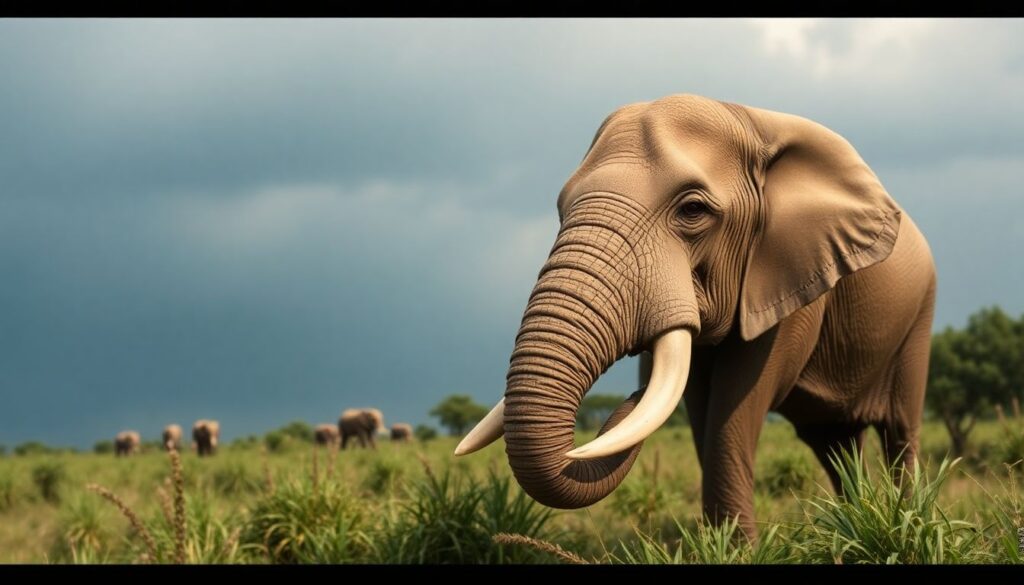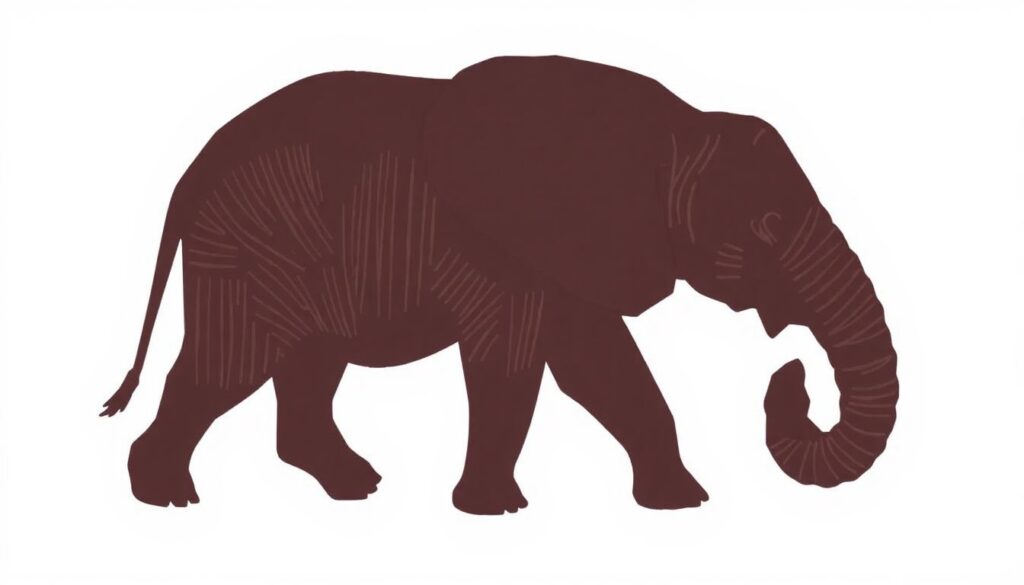Historical background: how the trade took root

From colonial hunting to modern smuggling, elephant trafficking morphed with markets and technology. Demand for carvings and status goods fueled illegal ivory trade spikes in the 1970s–80s, prompting CITES restrictions. When some countries eased domestic sales, traffickers laundered stockpiles and mixed fresh tusks in. As shipping routes globalized, crime networks stitched Africa’s killing fields to Asian workshops, turning global elephant poaching into a cross-continental supply chain that adapts fast to new bans and consumer trends.
Why it became a global issue
Elephants roam across borders, while the money, buyers, and logistics stretch even further. Ports like Mombasa and Dar es Salaam connect to transit hubs in the Middle East and Southeast Asia, where paperwork can be forged in hours. Profits attract organized crime, which reinvests in other illicit trades, destabilizing regions. The ecological toll is heavy: losing matriarchs collapses herd knowledge, reshaping forests. That’s why policies in one market can ping the population thousands of miles away.
Basic principles: how trafficking actually works
Poachers target herds using rifles or poison, then rush tusks to local brokers. From there, ivory is consolidated, mislabeled as timber or stone, and shipped in containers. Corruption greases borders; encrypted chats, burner phones, and small bank transfers mask deals. Online listings disguise ivory as “bone” or “antique.” This is the backbone of elephant trafficking: a chain of small risks aggregated into a big win for syndicates—unless surveillance, community vigilance, and data analysis raise the cost at each link.
Practical levers that disrupt the chain

Think of the trade as friction-sensitive. Add friction, and volumes fall. Target hotspots where tusks are aggregated, not just the final carving shops. Use wildlife forensics to match tusks to poaching sites, then prosecute middlemen who finance hunts. Pair ranger patrols with geospatial intel so teams move based on fresh gunshot data, not routine routes. When buyers can’t resell, demand drops—so tightening domestic bans and closing loopholes is as critical as patrols in the bush.
– Community-led patrols and rapid-response hotlines shorten the time between shots fired and arrests.
– Financial tracing flags shell companies moving ivory profits through “clean” sectors.
– E-commerce moderation plus sting operations choke online classifieds and social apps.
Implementation examples: what works on the ground
In northern Kenya, conservancies pay locals as wildlife guardians, blending jobs with security. Poaching incidents fell as tip-offs rose; trust mattered as much as drones. In Tanzania, container scanning that targets high-risk profiles caught multi-ton consignments with fake timber codes. On the demand side, sustained campaigns in China and Vietnam made gifting ivory less fashionable, while stricter retail checks curbed laundering. These moves show elephant conservation efforts pay off when enforcement and culture shift together.
Tools and tactics you can deploy now

Rangers use SMART patrol software, acoustic sensors, and thermal drones to spot intruders. Prosecutors lean on DNA reference maps to tie seizures to specific landscapes, raising penalties for kingpins. NGOs partner with shipping lines to blacklist suspicious consignors. Travelers can verify souvenirs and report suspicious listings. And companies can audit supply chains to rule out ivory-adjacent laundering. Layered, local-to-global action is the most realistic way to stop elephant trafficking without delay.
– If you’re a policymaker: close domestic ivory markets, mandate seizure DNA testing, and fund cross-border intel units.
– If you’re in tech or finance: build keyword-detection for marketplaces; flag micro-transfers linked to wildlife codes.
– If you’re a traveler or buyer: avoid “antique” claims without ironclad proof; report code words like “ox bone” paired with elephant motifs.
Common misconceptions to avoid
One myth says only rural hunters are to blame; in reality, global elephant poaching thrives on urban financiers, corrupt officials, and international buyers. Another claim is that “regulated” markets reduce harm—history shows they create cover for fresh tusks. Some believe small purchases don’t matter, yet every trinket signals demand. Finally, people assume conservation is just about parks; it’s also courts, ports, and wallets working in sync to shrink the illegal ivory trade.
– Myth: “Ivory from natural deaths is fine.” Reality: it’s nearly impossible to verify and gets exploited to launder fresh tusks.
– Myth: “Tech alone will fix it.” Reality: tools work only with trained staff, fair pay, and community trust.
– Myth: “It’s an African problem.” Reality: demand centers and shipping routes abroad make it a shared responsibility worldwide.
